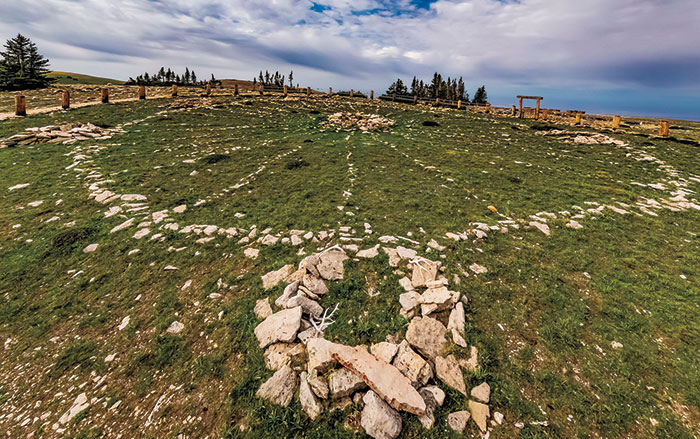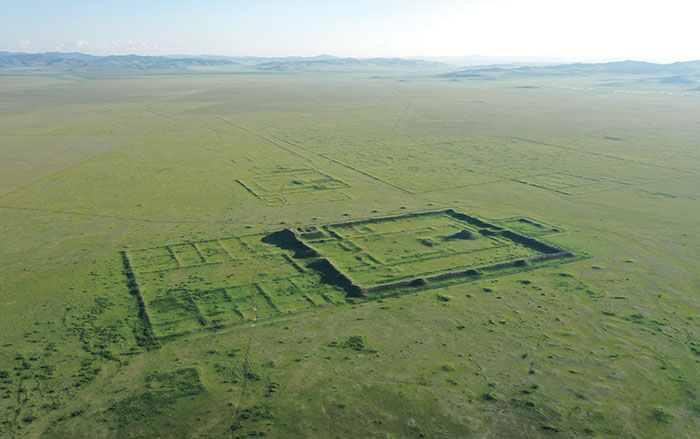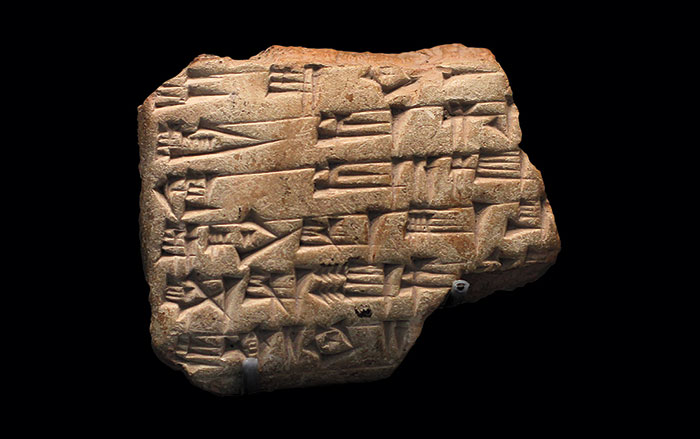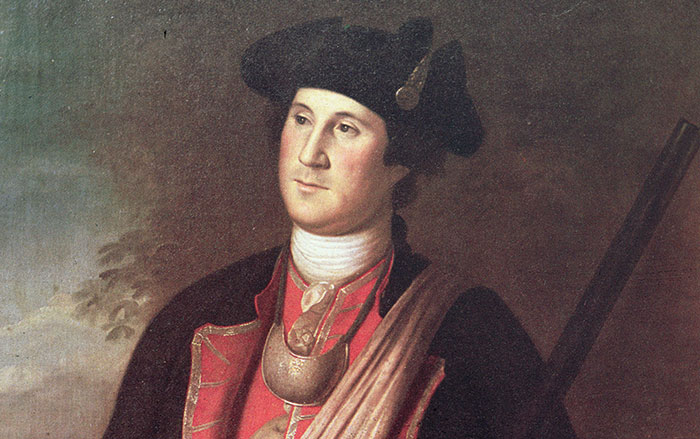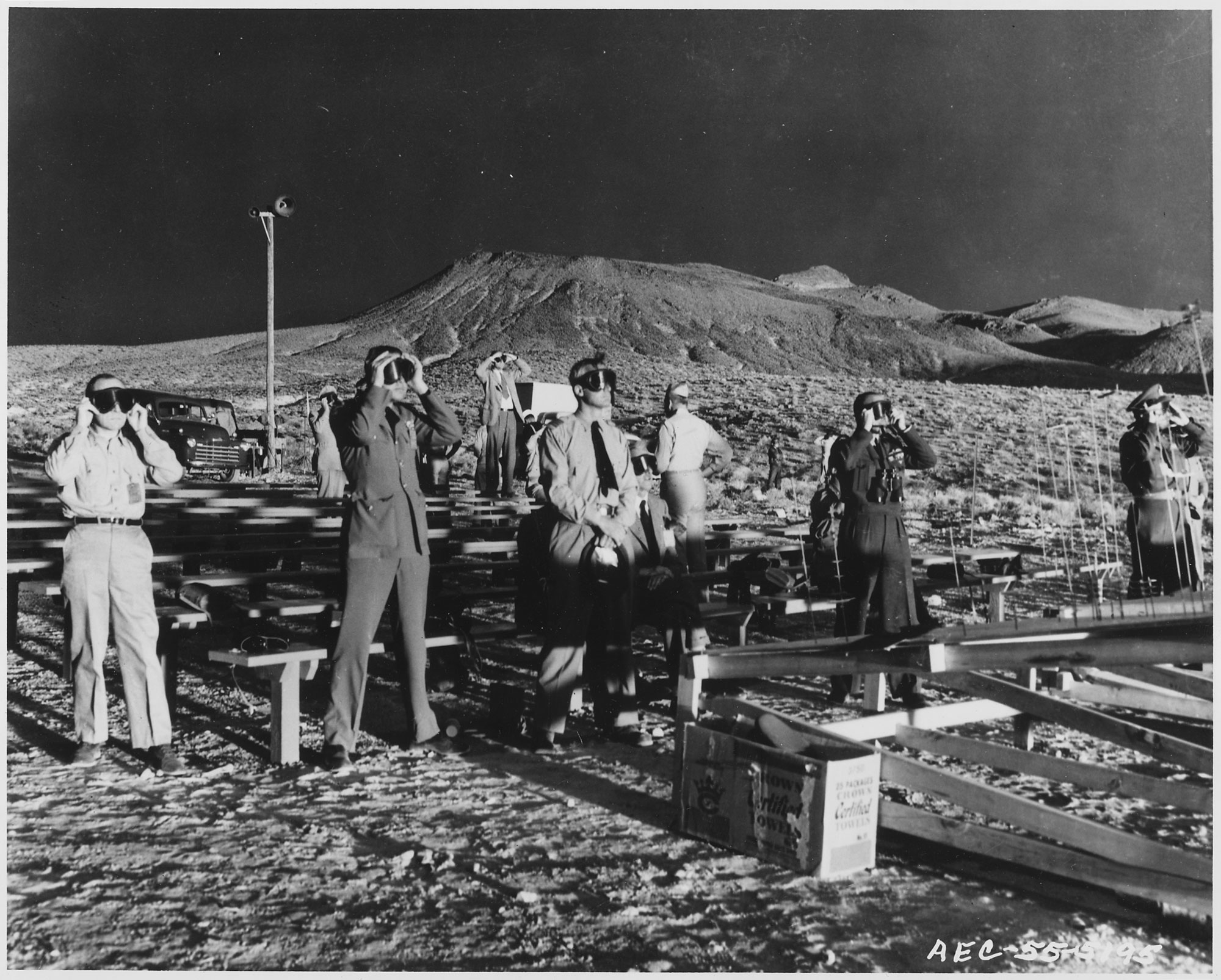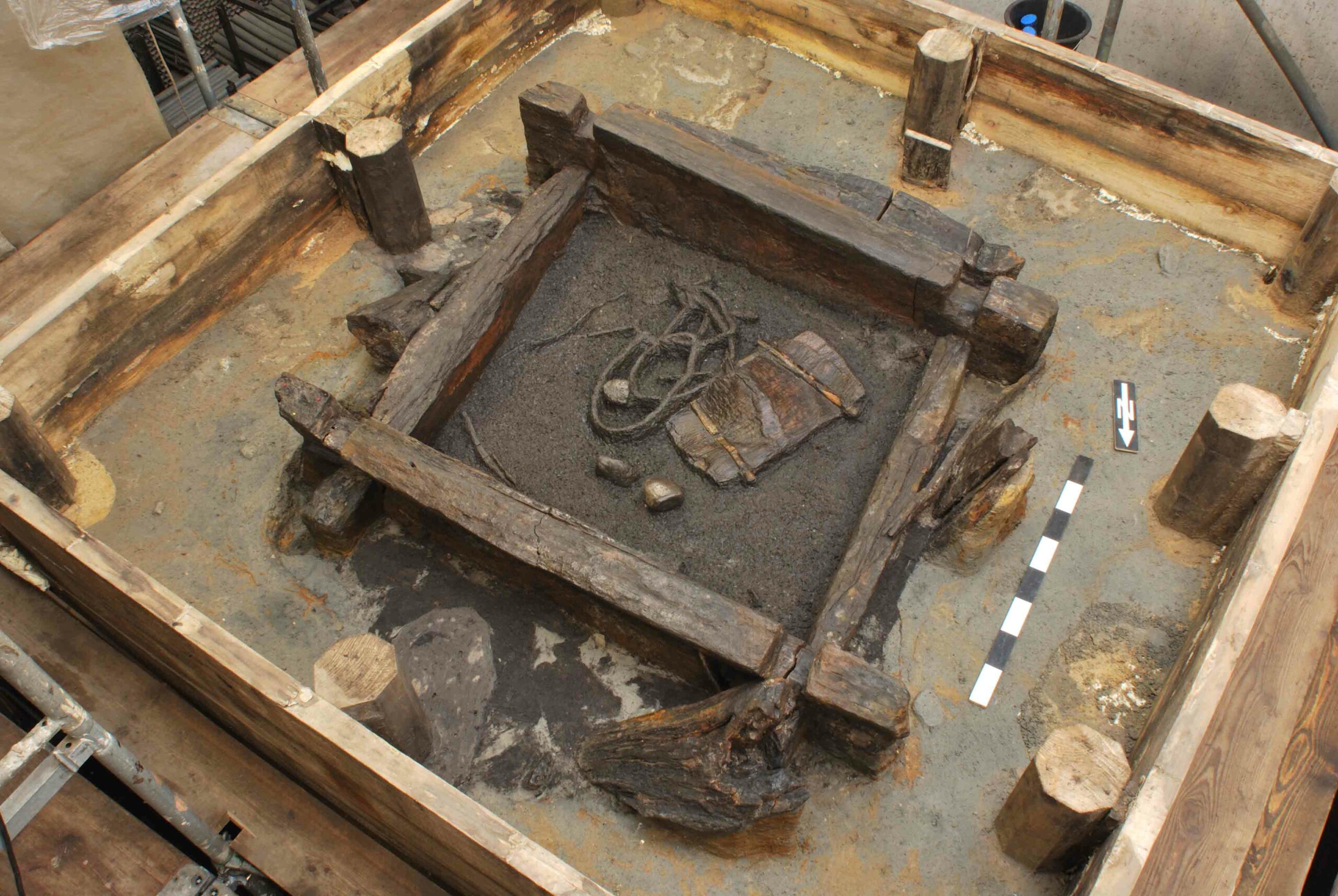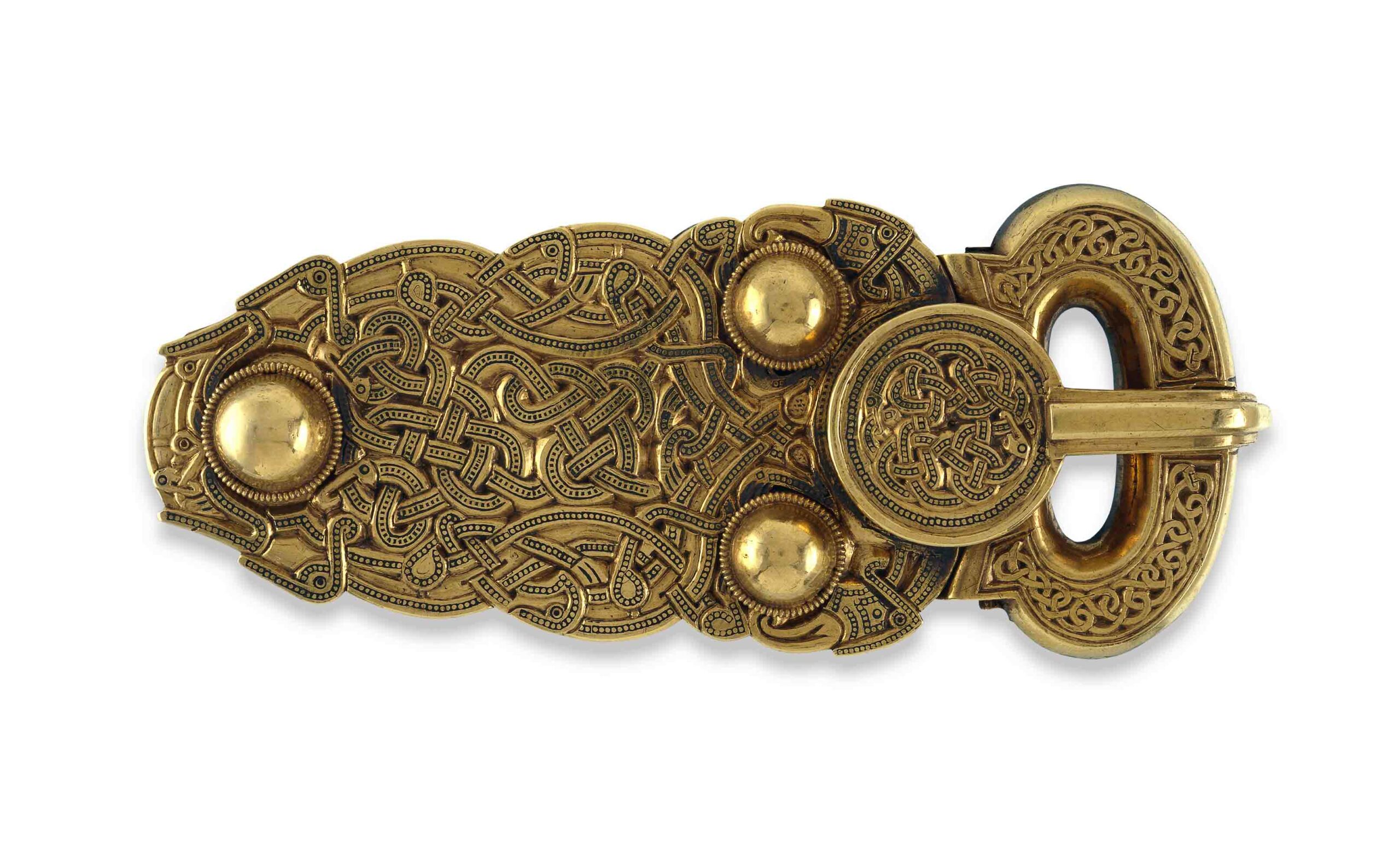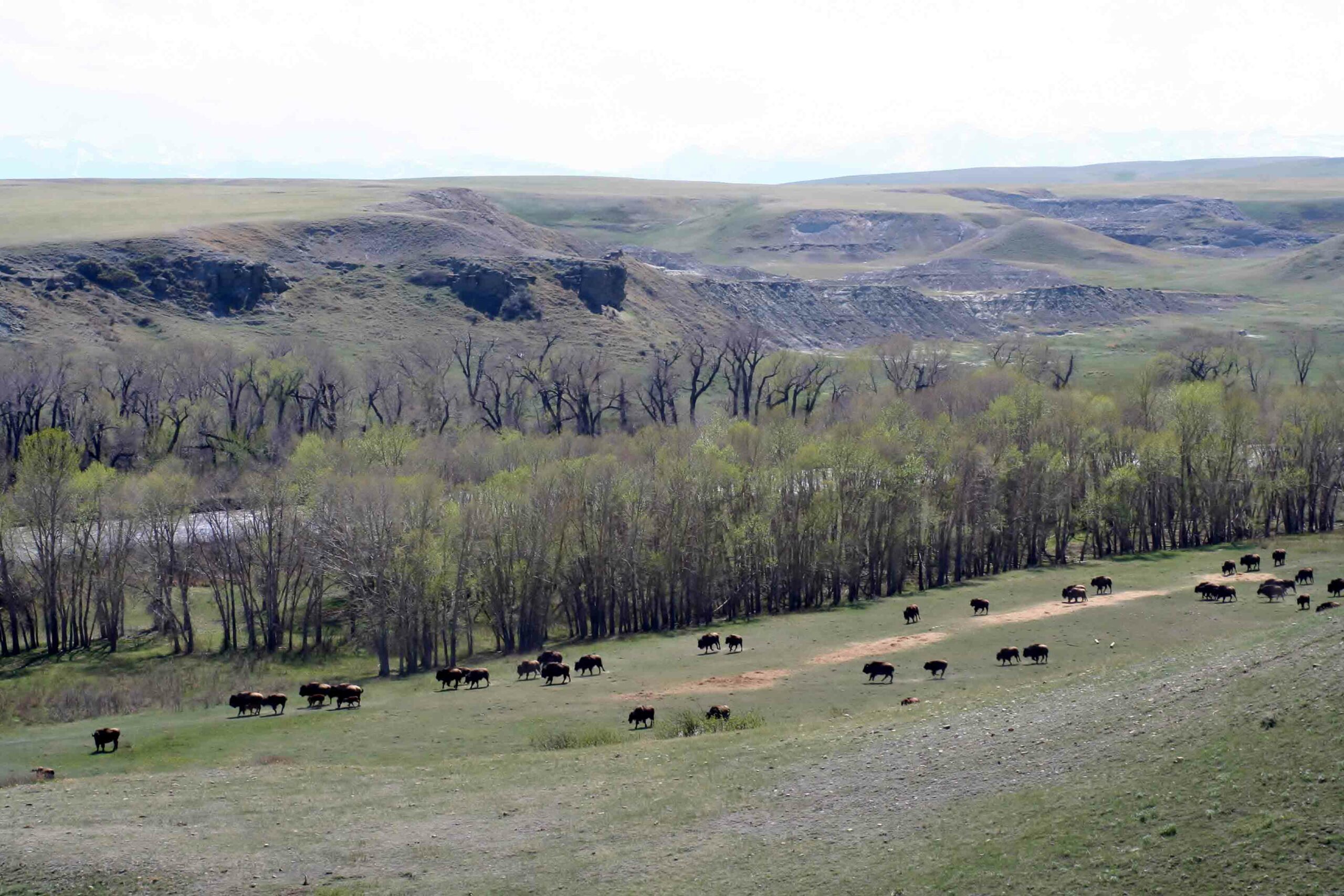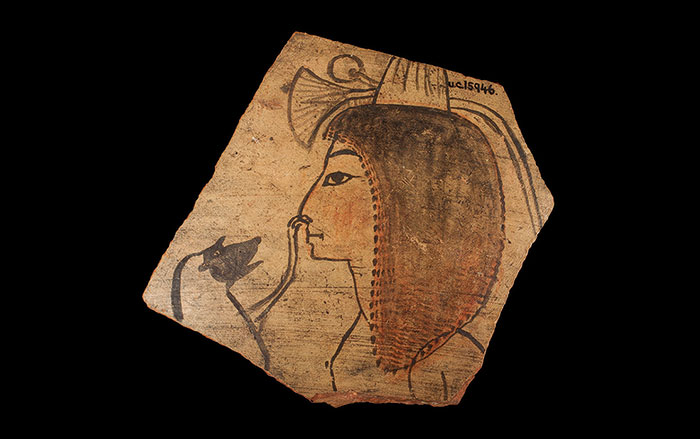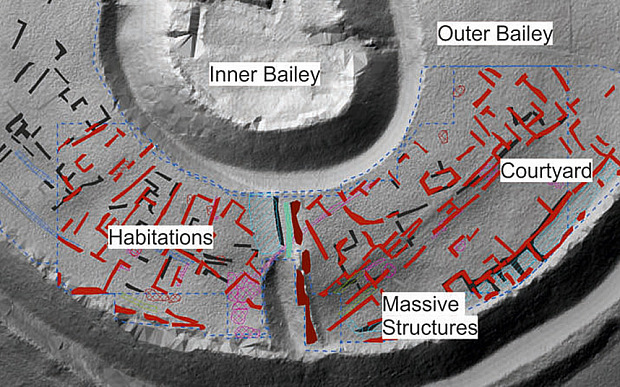
WILTSHIRE, ENGLAND—A team from the University of Southampton has employed high-tech tools to map the remains of medieval buildings at Old Sarum. The city, founded in the Iron Age, eventually declined after the construction of a new cathedral and the rise of New Sarum, now known as Salisbury, in the thirteenth century. The survey shows where individual buildings had been located, including large structures that may have been for defense, and open areas that may have been used for gathering people and supplies. Residential and industrial areas with kilns or furnaces were also found. “Archaeologists and historians have known for centuries that there was a medieval city at Old Sarum, but until now there has been no proper plan of the site,” Kristian Strutt, director of the Old Sarum and Stratford-Sub-Castle Archaeological Survey Project, told BBC News. To read about how remote sensing is allowing archaeologists to map the ancient Maya landscape, see "Lasers in the Jungle."


